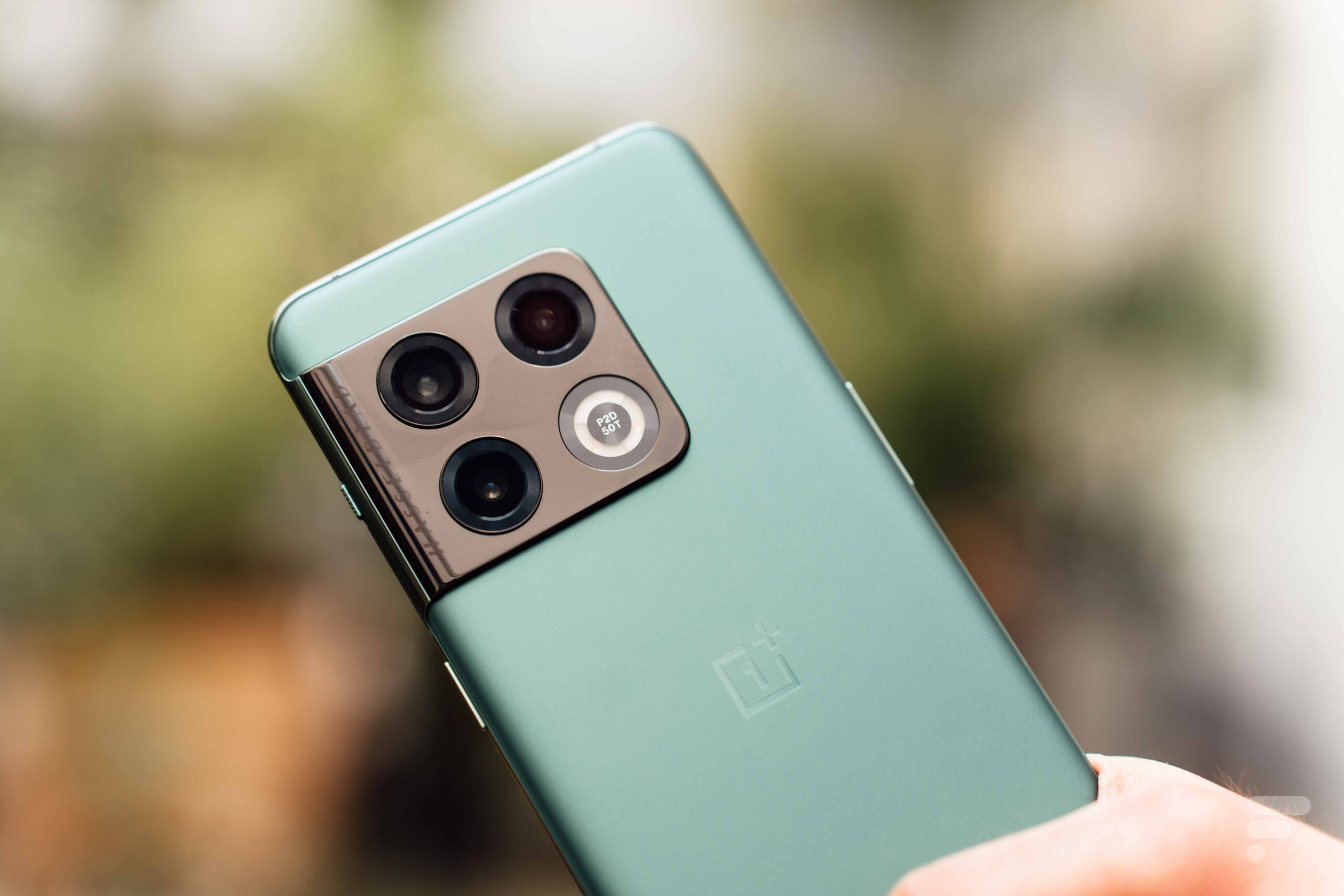AFP, published on Friday April 22, 2022 at 00:24
The WHO on Friday strongly recommended the antiviral paxlovid from the American pharmaceutical group Pfizer for patients with less severe forms of Covid-19 and “at a higher risk of hospitalization”.
But similar to what happened with the Covid vaccines, the World Health Organization is “very concerned” that less wealthy countries will again struggle to access this drug. †
According to an article in the British Journal of Medicine, for WHO experts, the combination nirmatrelvir/ritonavir is “the drug of choice” for unvaccinated, elderly or immunocompromised patients.
For the same type of patients and symptoms, the WHO also issued a “weak recommendation” for remdesivir from the US lab Gilead, which had previously advised against it.
Paxlovid should be preferred over Merck’s molnupiravir or remdesivir, as well as monoclonal antibodies, says the organization, which continues to campaign for vaccination.
“It’s critical to prevent people from developing a severe form of the disease, dying. And vaccination is an important intervention for prevention,” emphasized Dr. Janet Diaz, leader of the clinical team responsible for the response to Covid-19 at a press conference in Geneva.
Paxlovid “more reduces hospital admissions than alternatives, has fewer potential risks than the antiviral molnupiravir, and is easier to administer than intravenous options such as remdesivir and antibody treatments.”
The studies found 84 fewer hospitalizations per 1,000 patients, no “significant difference in mortality” and “little or no risk of complications leading to treatment discontinuation,” the WHO underlines.
This recommendation applies to persons 18 years of age and younger and does not apply to pregnant and breast-feeding women.
It also does not apply to patients with a low risk of complications because the positive effects are minimal.
The experts also declined to comment on patients with a severe form of the disease due to a lack of data.
– Limits –
However, the WHO emphasizes the limitations of these antiviral treatments: in particular, they must be “administered as early as possible in the onset of the disease”, which also presupposes access to tests to detect the infection and to a doctor to confirm the diagnosis. . and prescribe medications.
Paxlovid should therefore be taken orally for 5 consecutive days and especially less than 5 days after the onset of symptoms.
In the case of remdesivir, this is up to 7 days after the onset of symptoms and should be administered intravenously over three days.
A barrier in low- and middle-income countries.
Regarding costs and availability, the WHO calls on Pfizer to be more transparent and open.
According to Dr. Lisa Hedman, WHO Drug Access Officer, revealed to US public radio NPR a cost of $530 for a full course of paxlovid in the US, another source not confirmed by WHO and reported a price of about $250 in a country. with an upper middle income.
For remdesivir, the cost per ampoule is USD 520, explains Lisa Hedman, but USD 53 to 64 for ampoule developed by generic companies in India.
There also remains a question mark about the risk of developing resistance to these treatments of the virus that gives Covid-19.
– Wind in the sails –
In mid-April, Albert Bourla, CEO of Pfizer, predicted a bright future for treatments like Paxlovid as the disease becomes endemic, but also because of some vaccine fatigue.
Pfizer is accused, like its competitors, of depriving the least affluent countries of its messenger RNA anti-covid vaccine to serve high-income countries, and has entered into licensing agreements under the auspices of the United Nations that allow to produce a generic version. cheaper than paxloved.
But the WHO “highly recommends” that Pfizer move forward with more transparent pricing and contracts and an expanded licensing base so more generic companies can manufacture the drug.



